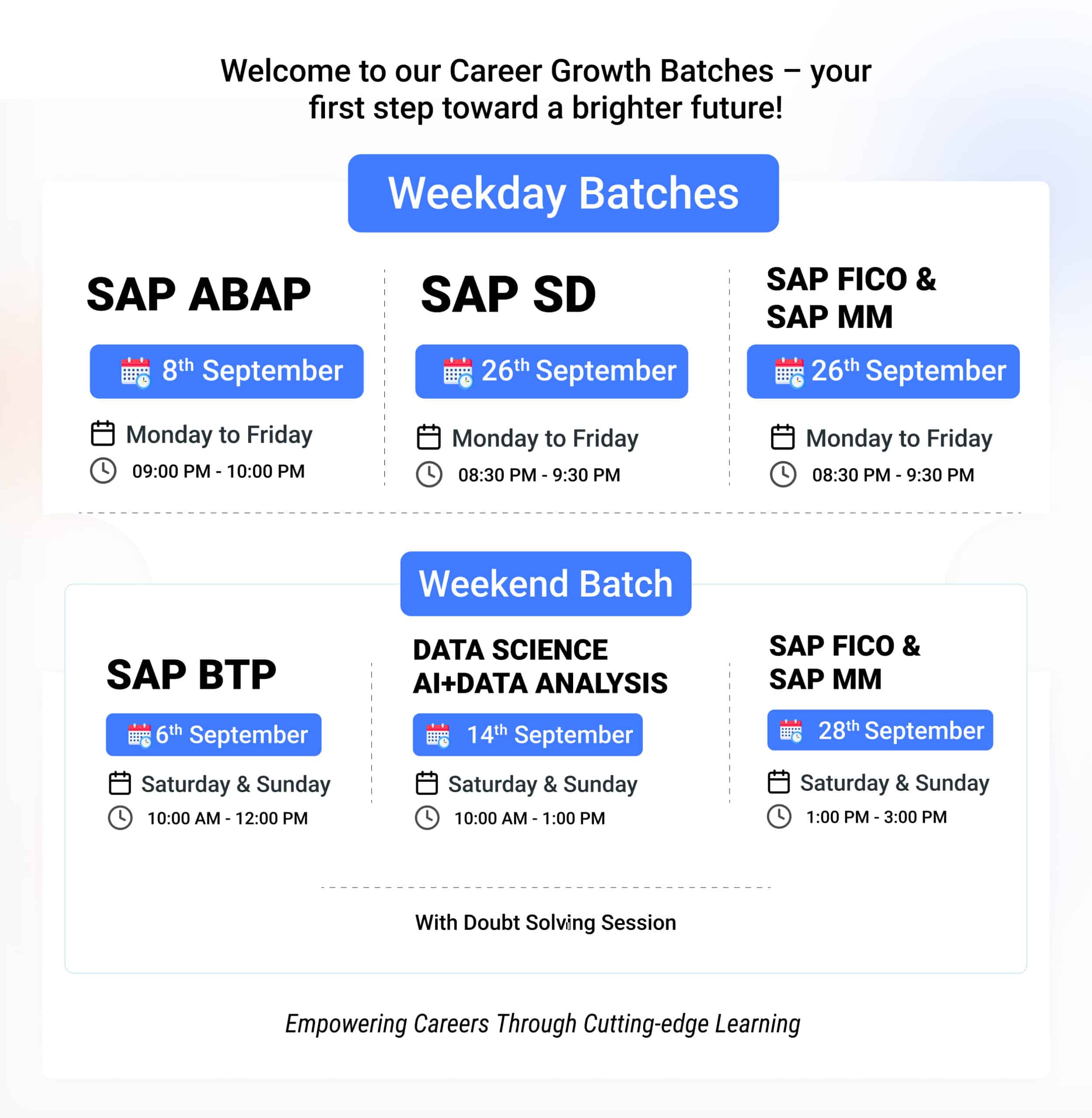Best CMOS Technology in VLSI, 2025: A Beginner’s Guide for IT and Electronics Professionals
In the fast-evolving field of electronics and semiconductor design, CMOS technology in VLSI continues to dominate as the cornerstone of modern chip fabrication. Whether you are an electronics student, a budding VLSI engineer, or a software professional exploring hardware design, understanding CMOS is crucial for success in the semiconductor industry.
This guide offers a comprehensive look into CMOS technology in VLSI in 2025, including its working principles, benefits, and why it remains the preferred technology for Very Large Scale Integration (VLSI). For those looking to upskill in this domain, GTR Academy provides specialized training to master CMOS concepts with real-time industry exposure.

What is CMOS Technology in VLSI?
CMOS stands for Complementary Metal-Oxide-Semiconductor. It is a technology used for constructing integrated circuits using both PMOS (Positive-channel MOS) and NMOS (Negative-channel MOS) transistors. In CMOS technology in VLSI, these transistors work together to form logic gates and complex digital circuits with low power consumption and high efficiency.
As explained on platforms like CMOS technology in VLSI Wikipedia and GeeksforGeeks, CMOS forms the backbone of microprocessors, memory chips, and digital logic circuits. It plays a pivotal role in both analog and digital applications, making it essential in mobile phones, laptops, embedded systems, and AI chips.
Why is CMOS used in VLSI?
One of the most common questions asked by beginners is: Why is CMOS used in VLSI? This is due to the significant benefits that CMOS technology provides:
-
Low Static Power Consumption: CMOS draws power only during switching, not in steady state, making it energy-efficient.
-
High Noise Immunity: It is less susceptible to noise, which improves signal integrity.
-
High Density: CMOS allows millions of transistors to be packed into a tiny silicon chip.
-
Cost-Effective Manufacturing: Fabrication techniques for CMOS are well-developed and economical.
Because of these properties, CMOS technology in digital electronics has become the industry standard for implementing VLSI chips by 2025.
Working Principle of CMOS
To understand the working principle of CMOS, it’s important to know how NMOS and PMOS transistors function in tandem:
-
A high input voltage activates the NMOS transistor while deactivating the PMOS device, resulting in a low output state.
-
With a low input signal, the PMOS transistor turns on while the NMOS remains off, resulting in a high output level.
This complementary action ensures that only one transistor conducts at a time, significantly reducing power loss. This unique operation of CMOS is a key reason why CMOS technology in VLSI is preferred over other logic families like TTL.
Applications of CMOS Technology in 2025
As of 2025, the scope of CMOS technology in VLSI has expanded into various domains:
-
Mobile and Embedded Systems: Efficient, compact chips in smartphones rely on CMOS.
-
Artificial Intelligence and Machine Learning: Specialized AI accelerators are built on CMOS platforms.
-
Automotive Electronics: Advanced driver-assistance systems (ADAS) depend on CMOS-based image sensors and control units.
-
Healthcare Devices: Wearables and diagnostic tools utilize CMOS for compact, low-power operation.
Whether you’re referring to CMOS technology in VLSI notes or diving deep into hardware design, these applications underline the critical importance of CMOS in the modern world.
CMOS in Digital Electronics and Computing
If you’re wondering what CMOS is in digital electronics, it refers to logic gates and sequential circuits constructed using CMOS transistors. Fundamental logic gates comprise AND, OR, NOT, NAND, NOR, XOR, and XNOR operations.
In computing, ‘CMOS’ has two key meanings:
(1) The semiconductor technology used in processors/chips, and
(2) The motherboard battery that preserves BIOS configurations in CMOS memory.
While it’s a slightly different context, it is still based on the same low-power CMOS technology.
In 2025, CMOS-based digital logic is found in CPUs, GPUs, ASICs, FPGAs, and SoCs across various industries.
CMOS vs. Other Technologies in VLSI
Although new fabrication methods like FinFETs and gate-all-around (GAA) technologies are being explored, CMOS technology in VLSI continues to lead because of its:
-
Mature design ecosystem
-
Compatibility with existing EDA tools
-
Cost-effective production for mass-market chips
This is why CMOS technology in VLSI GeeksforGeeks resources often compare CMOS to older or emerging transistor technologies and highlight its sustained dominance in the semiconductor field.
Advantages and Limitations of CMOS
Advantages:
-
Low static power
-
High noise margin
-
Scalability with Moore’s Law
-
High integration density
Limitations:
-
Leakage current at nanometer nodes
-
Slower performance than bipolar technology in certain analog applications
Despite some limitations, advancements in CMOS scaling and fabrication techniques have helped overcome many of these issues, further solidifying its position in the VLSI landscape of 2025.
Learning CMOS Technology in VLSI
Mastering CMOS technology in VLSI is a must for students and professionals aiming for careers in chip design, embedded systems, and semiconductor engineering. Here’s how you can get started:
-
Understand Digital Logic Design
Begin by mastering fundamental digital components – logic gates, flip-flops, and multiplexers – implemented through CMOS technology. -
Learn CMOS Layout and Fabrication
Explore how NMOS and PMOS transistors are physically constructed and connected on silicon wafers. -
Practice with Tools
Use industry tools like Cadence and Synopsys for simulation and layout design. -
Enroll in a Training Program
Institutes like GTR Academy offer hands-on VLSI training with modules focused on CMOS technology, layout design, and project-based learning. Their industry-recognized certification can boost your job prospects.
CMOS Technology in VLSI PPT and Notes
If you are a student or preparing for interviews, you may search for CMOS technology in VLSI PPT or notes online. While these resources provide a quick overview, they often lack depth. A structured course from a reputed institute like GTR Academy can offer a far more comprehensive and interactive learning experience, especially with guidance from industry experts.
Future of CMOS in VLSI Beyond 2025
CMOS technology continues to demonstrate strong potential for advancing VLSI design and innovation. With innovations like:
-
Ultra-low power design
-
AI hardware optimization
CMOS remains relevant even as device geometries shrink below 5nm.
Conclusion: The Continued Relevance of CMOS Technology in VLSI in 2025 and Beyond
In 2025, CMOS technology in VLSI remains at the heart of semiconductor innovation, powering everything from smartphones to AI accelerators and embedded systems. Its unmatched combination of low power consumption, high integration density, and cost-effective manufacturing has ensured that CMOS stays relevant despite the emergence of advanced alternatives like FinFETs and GAA technologies.
Whether you’re an electronics student, an aspiring chip designer, or a software engineer exploring the hardware side of technology, a solid understanding of CMOS in digital electronics is a must. The working principle of CMOS, based on the complementary action of NMOS and PMOS transistors, is not only elegant but also foundational to modern circuit design. From implementing basic logic gates to building highly complex SoCs, CMOS technology enables the creation of compact, power-efficient, and reliable electronic systems.
For those starting out in this field, CMOS might appear overwhelming, but with structured guidance and hands-on experience, it becomes an essential and rewarding area of expertise. Online resources such as CMOS technology in VLSI notes, Wikipedia, and GeeksforGeeks provide useful overviews, but real-world skills come from immersive, practical learning. Institutes like GTR Academy bridge this gap by offering specialized VLSI training with a focus on CMOS design, layout, and simulation tools that align with industry standards.








